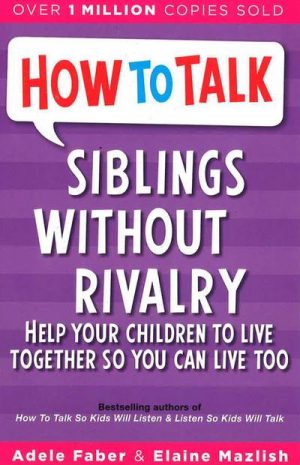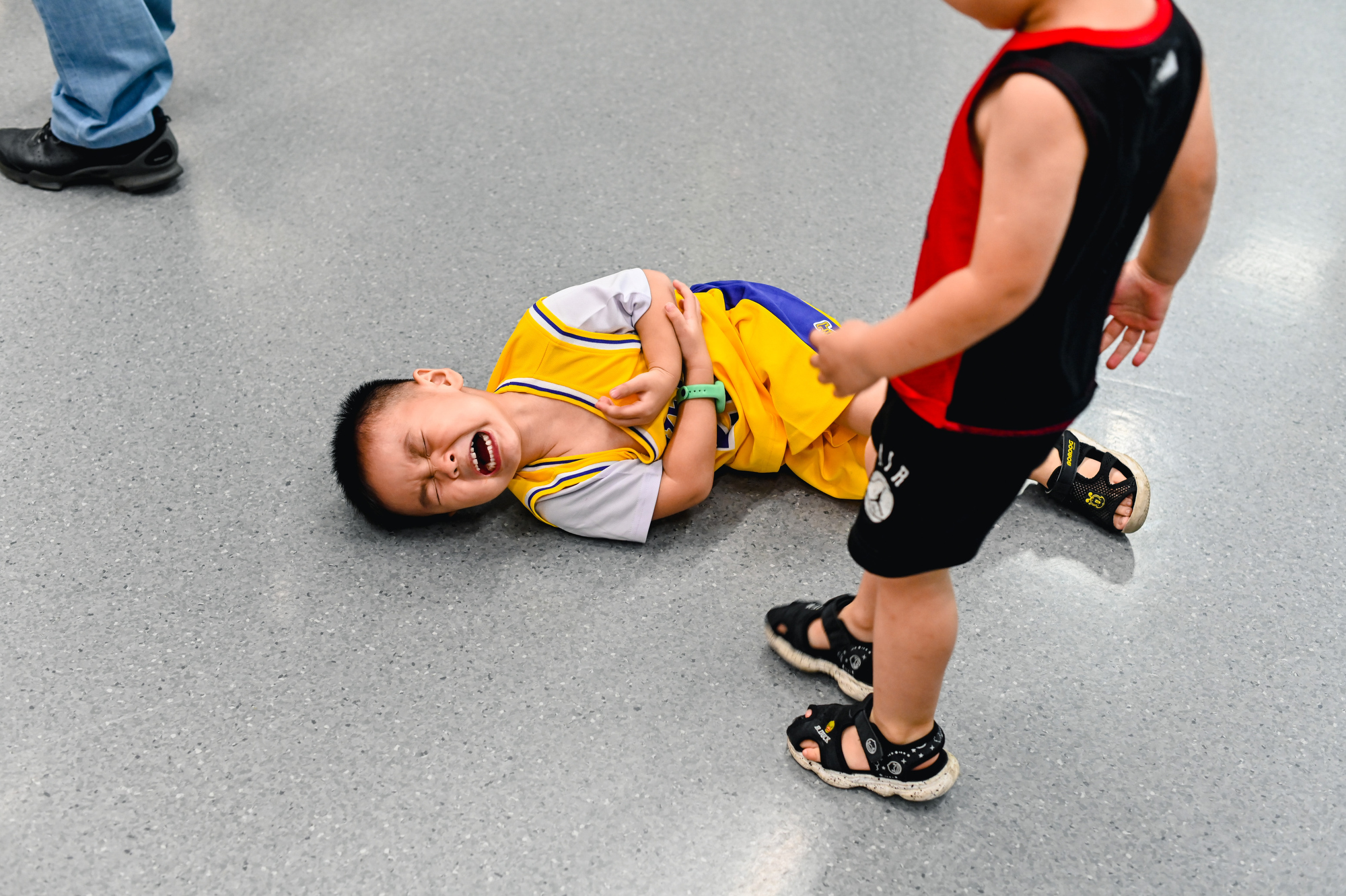“He hit me!”
“She pinched me first!”
I usually try not to roll my eyes or sigh visibly in front of my kids when I hear fights breaking out like this. Sibling rivalry is a common occurrence in any household (unless you only have 1 child). I usually take a deep breath, reframe my thoughts to “They need to know how to handle conflict as children, because one day, they’ll be interacting with their friends or colleagues and face challenging situations.”

With this mindset, I usually try my best not to intervene or take sides, but to give them the space to talk it out. Even as grown-ups, oftentimes, we just want someone to listen to our negative feelings with no judgement.
Recently, I was reading through Adele Faber & Elaine Mazlish’s book “How to talk – siblings without rivalry” and I found the principles in this book really helpful in learning to deal with conflict between siblings.
Before I get into dealing with fights, I actually want to highlight some key principles that were brought up in the book. This is really important because it sets the atmosphere in your home. It’s important for us to address some of our unhelpful habits that actually destroy sibling relationships.
1. Instead of dismissing negative feelings about a sibling, acknowledge the feelings
For example, instead of saying, “Big deal.Just ignore your brother.” You can say “Something he did really annoyed you! You sound really mad!” Use words to identify the feeling, acknowledging their wishes (You wish he’d ask before using your things!) and then turn their energy towards a creative activity (How about making a ‘Private Property’ sign and hanging on your closet door?)
2. Avoid favourable or unfavourable comparisions.
This includes overly criticizing or over-praising one child over the other. Whatever you want to tell to the child, say it directly without any reference to the sibling. Describe what you see or feel in any situation. For example, instead of saying, “I wish your brother was as studious as you, he can’t sit still for 1 minute.” You could say, “You have been going through those tough Maths questions for over 1 hour!” The idea is to not shortchange one child who is excited about his/her accomplishment, and at the same time, being sensitive to the feelings of the other.
3. Children do not need to be treated equally. They need to be treated uniquely.
Favoritism can be the source of many insecurities and quarrels. As parents, we sometimes feel the need to treat our children equally, but here’s a truth bomb. According to the authors, we need to treat our children uniquely, and meet them at their own point of need. For example, instead of saying, “I love you the same as your sister.” you could say, “You are the only ‘you’ in the whole wide world. No one could ever take your place.”
4. Do not put children in roles
It sounds like this, “You’re the older brother, you should be responsible and show a good example to your sister!” or “Poor child, you always get bullied by your older brother”. Unknowingly, you are reinforcing certain roles in the life of the child. Many children grow up carrying these roles into adulthood. There is ‘always’ the one who was made to feel responsible for the others. Or one who ends up playing the role of victim because he never knew how he could step out of it.
There’s another huge chapter of the book that talks about what to do when kids fight, and how to intervene helpfully. I’ll be writing about that in a separate post as there’s just so much to unpack. Personally, I found that the concepts shared here make so much sense. I would encourage you to purchase the book so that you can understand this topic deeply.
Awareness is the starting point to building a great family environment, but it is the actions taken or habits practiced that truly makes a huge difference.




